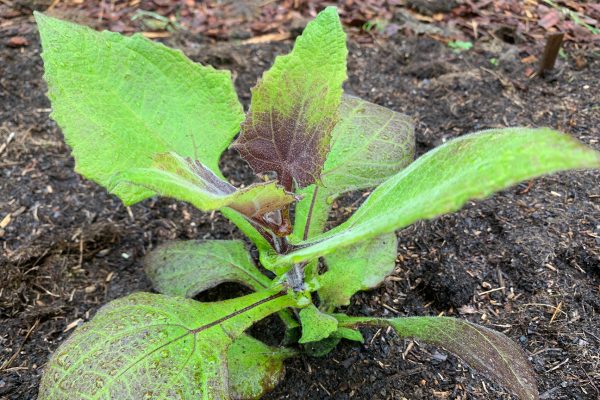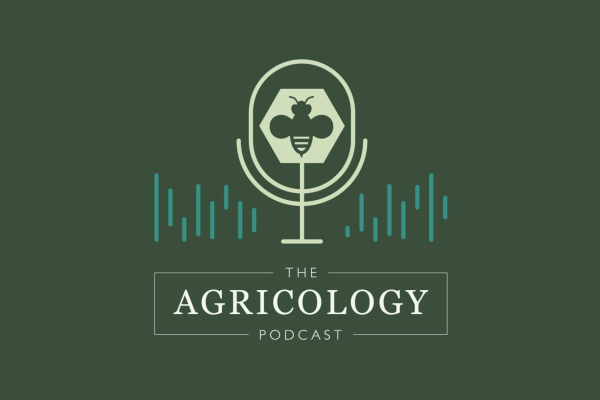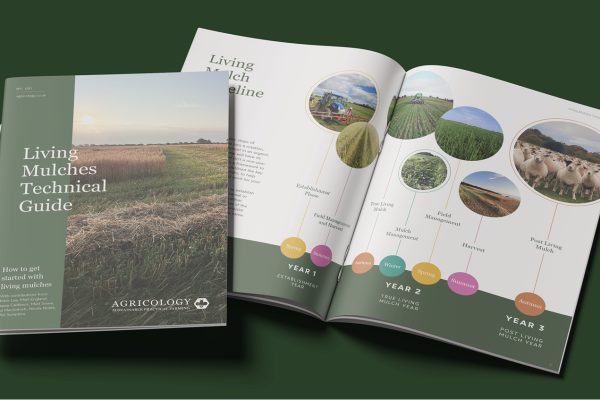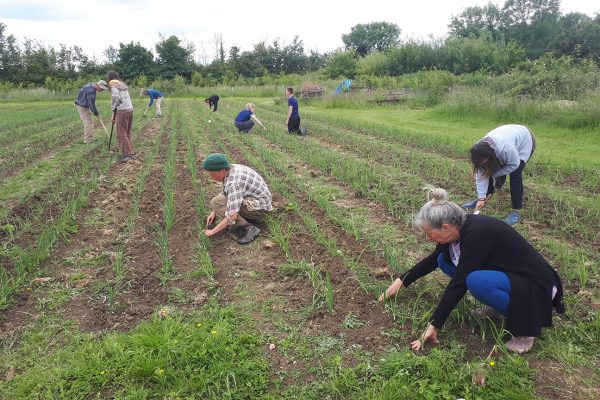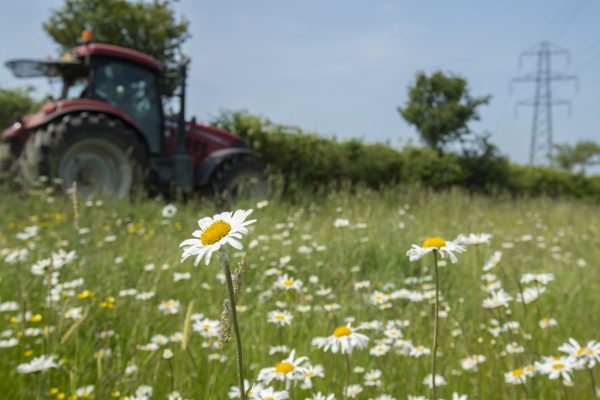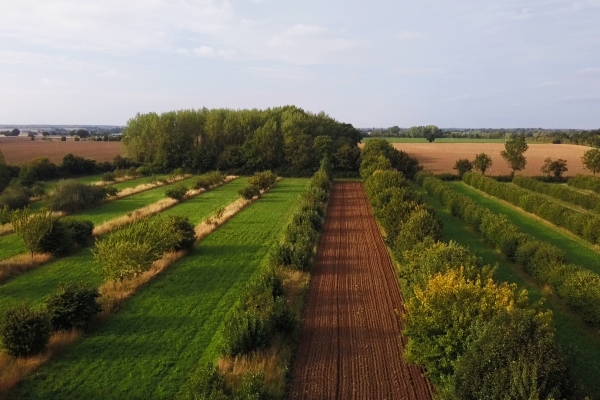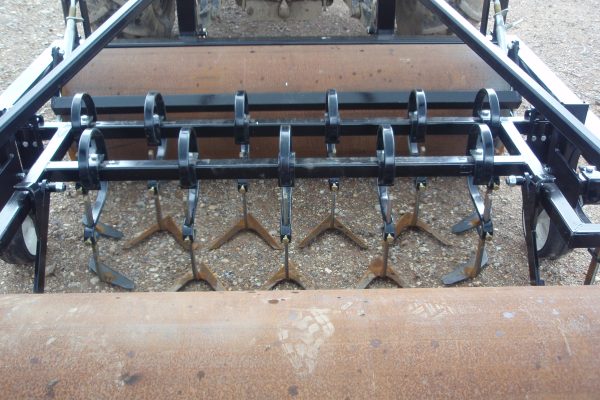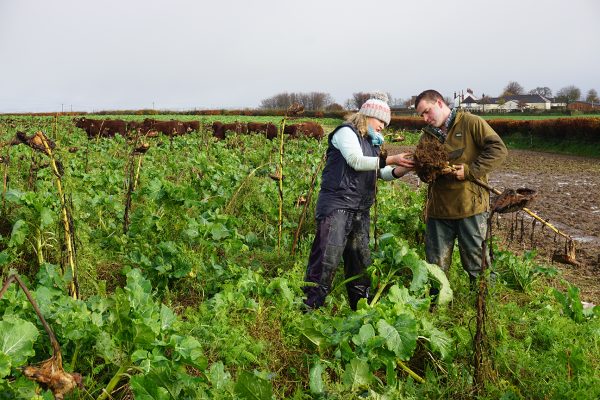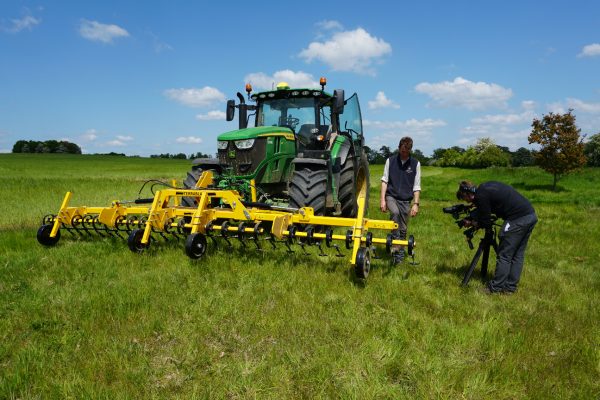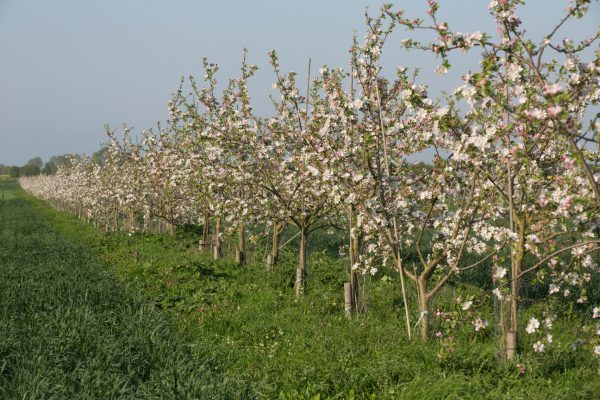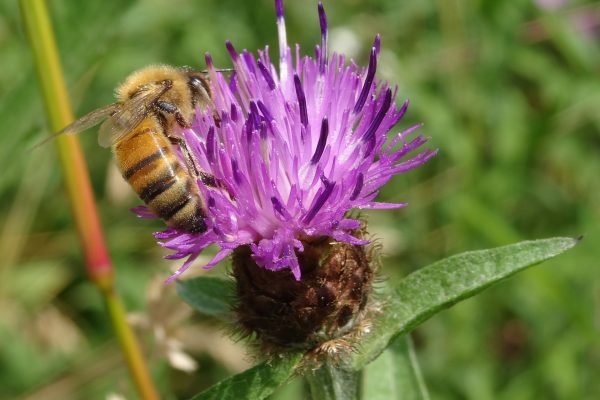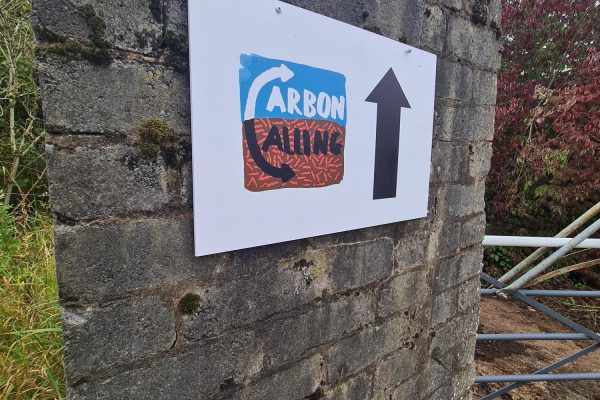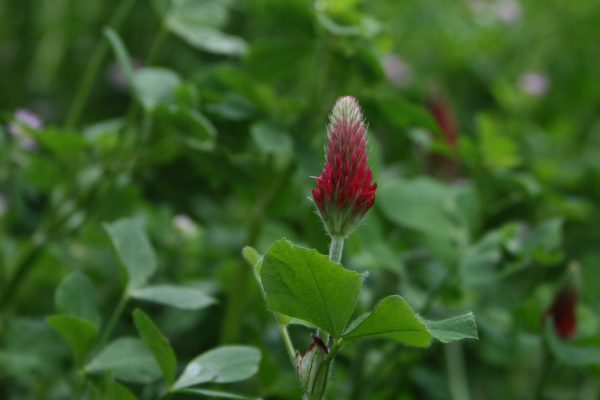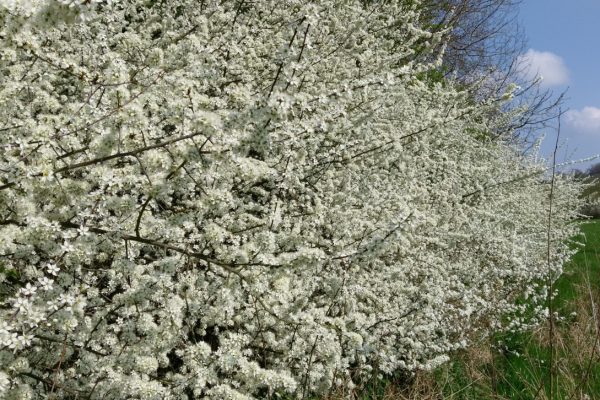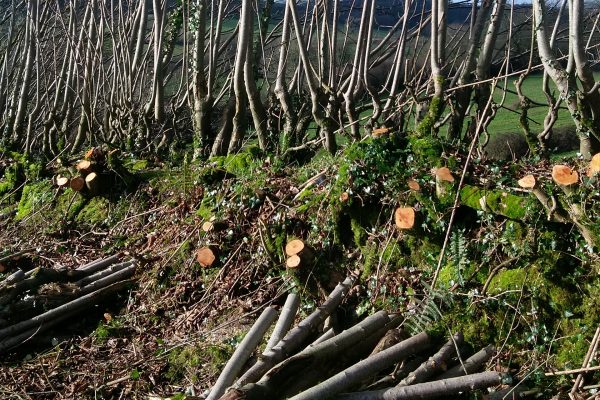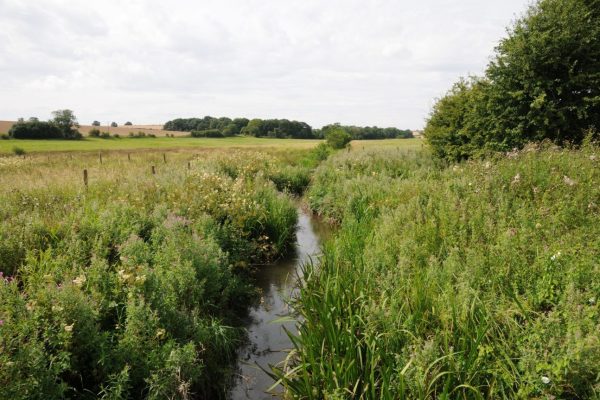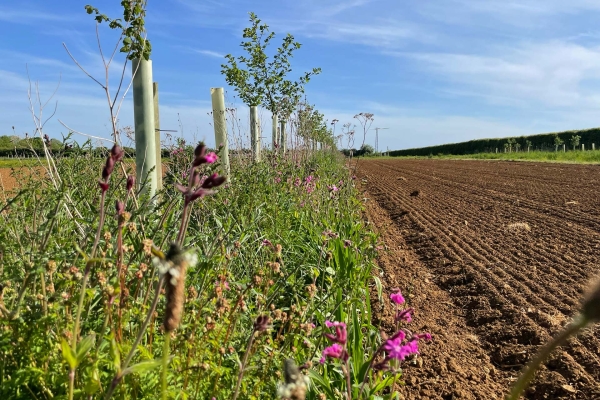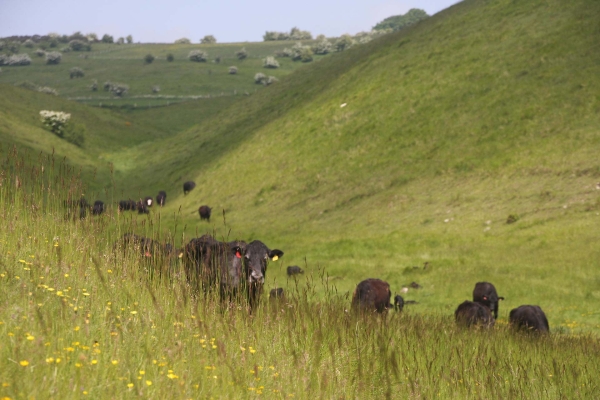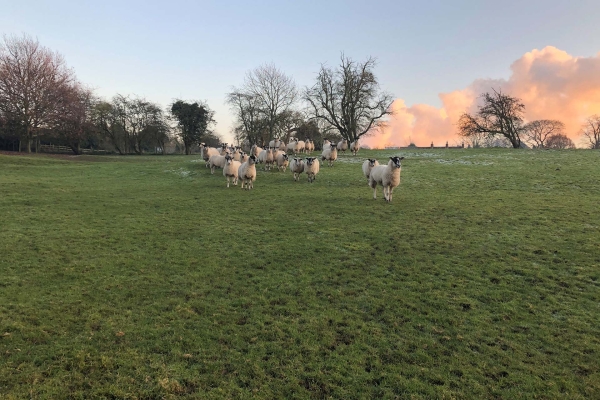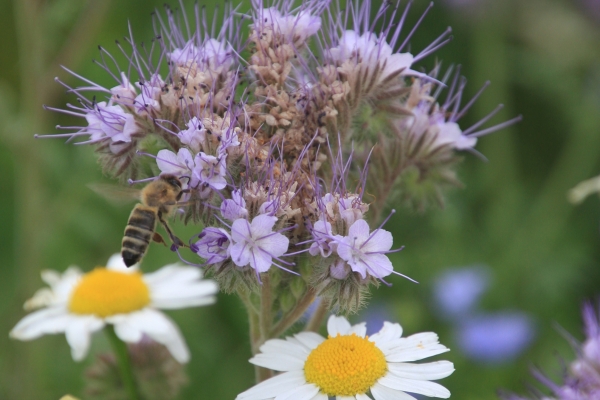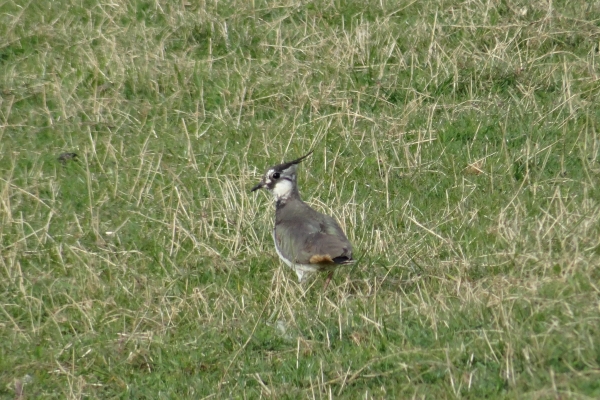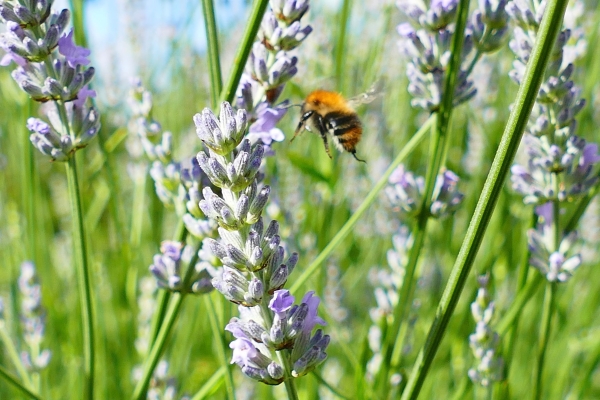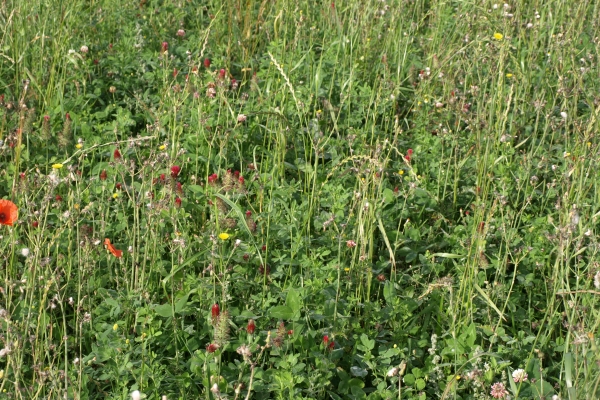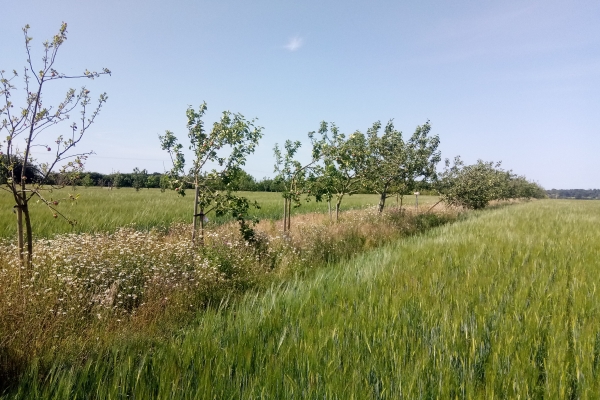Living Mulches - Technical Guide - video
In this video Matt England talks through his journey of trialling living mulches with the key learnings, observations and reflections that have come from it.
LEARN MOREWebinar from CSA Network UK with Mandy Barber of Incredible Vegetables and Ryan Sandford-Blackburn of Earthed Up! exploring the potential of perennials for CSAs and market growers.
The Agricology Podcast offers practical insights into sustainable farming, featuring conversations with farmers, researchers, and advisors. Explore topics like soil health, regenerative agriculture, and livestock management through diverse perspectives.
This Agricology technical guide is designed to support farmers in making informed decisions about adopting living mulches in arable systems.
Cultivating Wisdom’ is a collection of agroecological research summaries from practitioners in the Landworkers’ Alliance’s ‘Experts in Your Field’ project.
NFFN/Farm Wildlife booklet highlights farmers enhancing ecosystems, restoring soil health, boosting profit margins, and increasing resilience to extreme weather.
A revised new edition of this publication explaining the on-farm research carried out at the innovative and pioneering Wakelyns.
A practical guide for farmers and growers wanting to get ahead of weeds when establishing pasture, arable and horticultural crops.
The final report of an Innovative Farmers field lab in South West England (supported by FWAG) on diverse forage crops, which was formed due to concerns over damage that using winter brassica monocultures for grazing outwintering livestock can have on soil health, water and the wider environment.
Four short films focusing on promoting sustainable agricultural practices being used on the Waddesdon Estate and beyond.
Footage of agroforestry pioneer Stephen Briggs imparting some of his learnings from a now well-established commercial agroforestry system.
Handy practical guide to establishing perennial wildflower areas, produced as part of the BEESPOKE project.
Footage of Stuart Johnson, 2023 ‘Soil Farmer of the Year’ and dairy farmer Bruce Thompson speaking at Carbon Calling 2023 about farming regeneratively, reducing inputs, keeping the farm business profitable, and all things dung beetle related!
DiverIMPACTS case studies across Europe highlight why crop diversification strategies have been successful and what challenges needed to be overcome to achieve success.
Independent evidence-based analysis of the environmental and economic benefits of hedgerows.
Practical guidance with case studies on managing hedgerows for woodfuel and hedgerow products, as part of the farm business.
The ORC whole farm sustainability assessment tool offers unrivalled access to knowledge for researchers and farmers alike through an easy-to-navigate interface.
Silvo-horticulture agroforestry has many benefits for market gardens, but needs careful planning for success. This workshop held at Organic Matters 2022 focused on how to make it work.
The 'Sustainable Economic and Ecological Grazing Systems - Learning from Innovative Practitioners' (SEEGSLIP) project sought to evidence the practices of Pasture for Life (PFL) producers and farmer members using holistic, system-based approaches.
Sageguard is a toolbox of recommendations regarding sustainability indicators (especially for social, economic and animal welfare) and practical decision-making tools for sheep and goat farmers. It was an output of the Innovation for Sustainable Sheep and Goat Production in Europe (iSAGE) project.
This publication from the Landworkers' Alliance highlights what pioneers of agroecology in the UK are doing to create a productive and sustainable agriculture.
Guide outlining the three pillars to a successful conservation approach; created to support a 'Conservation of Farmland Birds' workshop held at Peppering Farm in Sussex.
Organic vegetable farmer Andy Dibben puts forward the case for allowing complex insect ecosystems to develop or be proactively encouraged on farms, describing ways in which this can be done, drawing on his own extensive knowledge and emphasising the many benefits that can be had.
Practice abstract created as part of the DiverIMPACTS project outlining some of the many advantages to more complex mixtures of leguminous leys and some of the challenges and key practical considerations.
Summary highlighting outcomes of Tom Staton's PhD thesis ‘Evaluating the effects of agroforestry versus arable systems on functional biodiversity and associated ecosystem services.’

